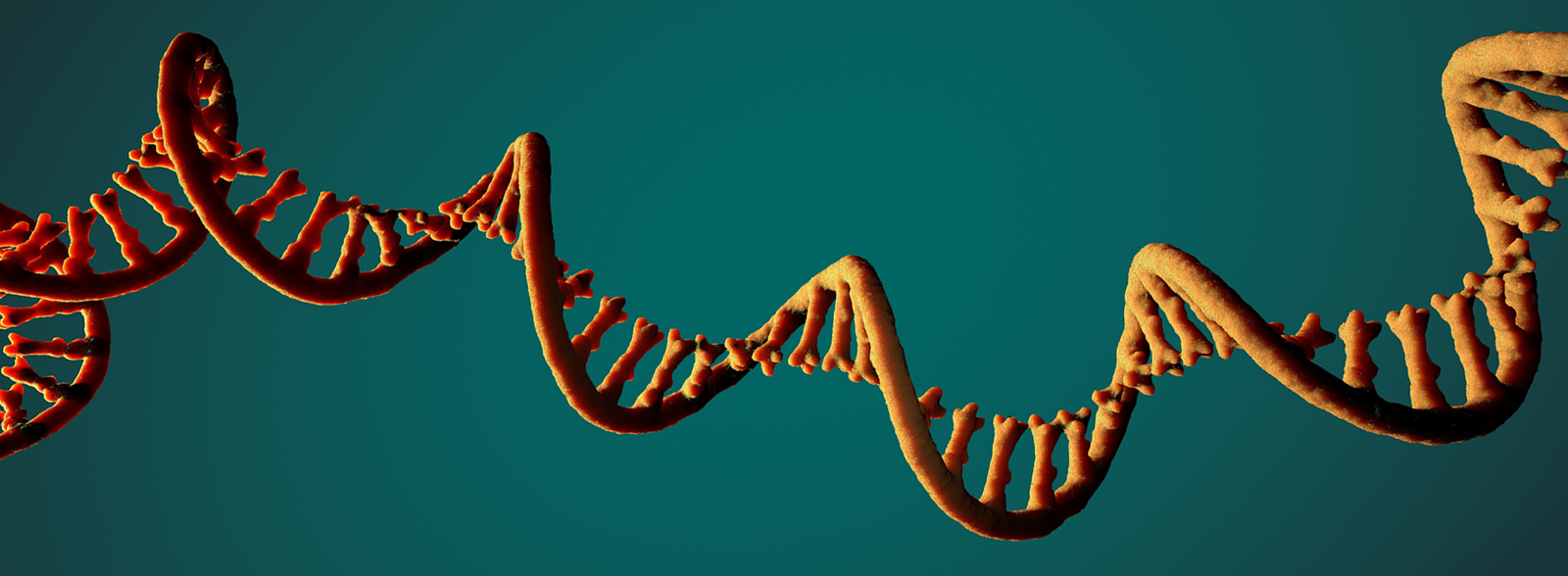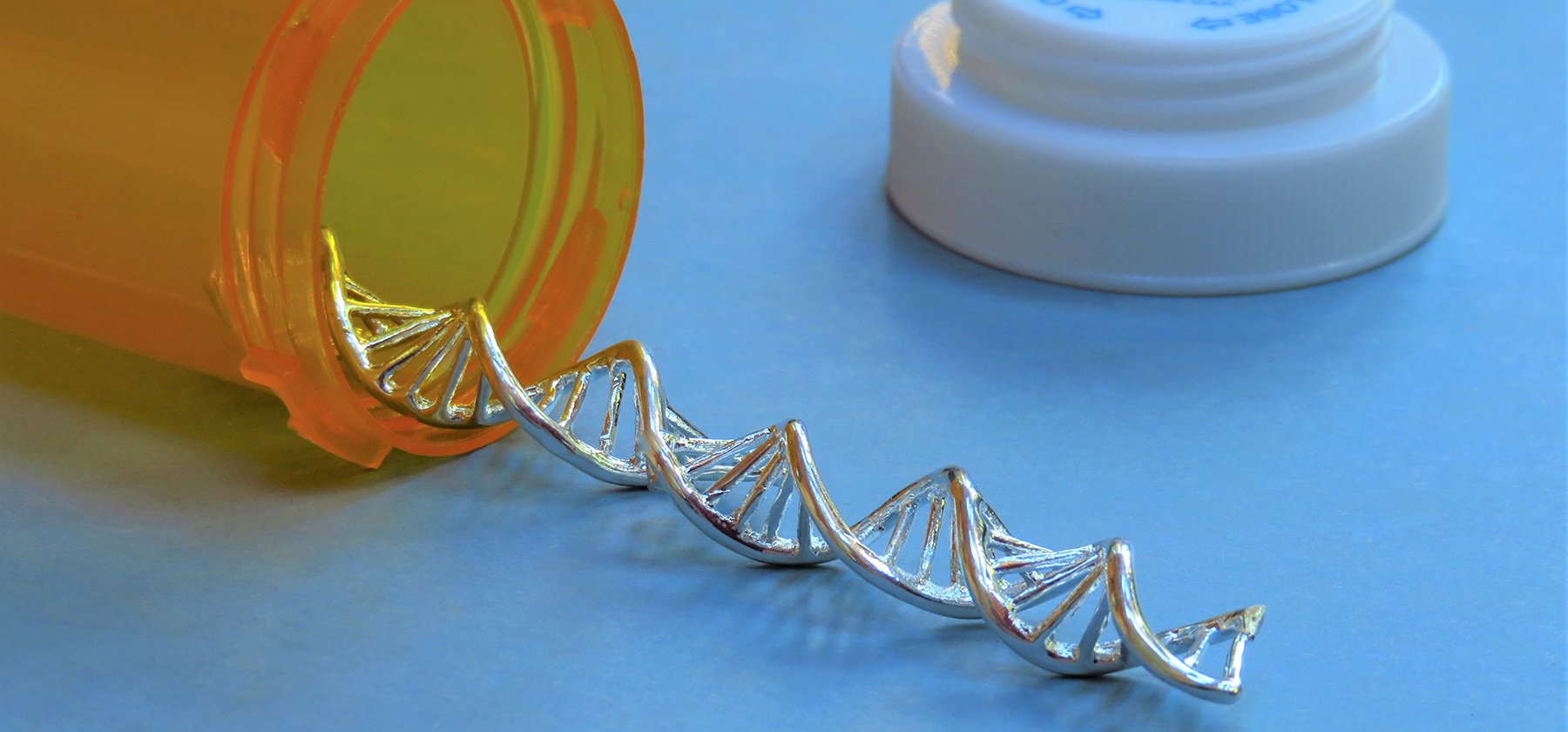 In the world of RNA analysis, researchers have an array of technologies at their disposal. Each method comes with its unique strengths, making the choice dependent on specific research needs and constraints. In this post, we'll delve into three popular RNA analysis methods— transcriptome-wide RNA-Seq, NanoString nCounter®, and targeted RNA-Seq panels—comparing their features and discussing when to use each.
In the world of RNA analysis, researchers have an array of technologies at their disposal. Each method comes with its unique strengths, making the choice dependent on specific research needs and constraints. In this post, we'll delve into three popular RNA analysis methods— transcriptome-wide RNA-Seq, NanoString nCounter®, and targeted RNA-Seq panels—comparing their features and discussing when to use each.
Transcriptome-wide RNA-Seq: The Comprehensive Approach
What It Is: Transcriptome -wide RNA sequencing (RNA-Seq) offers a comprehensive view of the transcriptome. By sequencing the entire RNA content of a sample, this method can detect both known and novel transcripts, including splice variants, fusion genes, and non-coding RNAs.
Advantages
- Broad Coverage: Captures a wide range of transcripts, providing a complete picture of gene expression.
- High Sensitivity: Detects low-abundance transcripts and novel RNA species.
- Versatility: Suitable for various applications, from differential gene expression analysis to transcriptome assembly.
Limitations
- Cost: Higher sequencing depth and data analysis requirements can make it expensive.
- Complexity: Requires extensive bioinformatics support for data processing and interpretation.
When to Use
- Discovery Phase: Ideal for exploratory studies where the goal is to identify novel transcripts or understand the full complexity of the transcriptome.
- Comprehensive Profiling: Useful when a broad overview of gene expression changes is needed, such as in cancer research or developmental biology.
NanoString nCounter: The Simplicity and Precision Approach
What It Is: The NanoString nCounter platform uses digital molecular barcodes to directly count mRNA molecules. This method does not require amplification or reverse transcription, reducing potential biases and preserving sample integrity.
Advantages
- Direct Quantification: Provides accurate and reproducible measurements of RNA abundance without the need for amplification.
- Ease of Use: Simple workflow with minimal sample preparation and hands-on time.
- High Precision: Ideal for validating gene expression changes identified in other studies.
Limitations
- Limited Multiplexing: Can only measure up to a few hundred genes simultaneously, which may be a constraint for comprehensive studies.
- Predefined Panels: Restricted to predefined or custom panels, limiting the flexibility to explore unexpected findings.
When to Use
- Validation and Verification: Excellent for validating RNA-Seq or microarray results due to its precision and reproducibility.
- Focused Studies: Suitable for studies targeting a specific set of genes, such as biomarker validation or pathway analysis.
Targeted RNA-Seq Panels: The Targeted Approach
What It Is: Targeted RNA-Seq panels focus on sequencing a predefined set of genes or transcripts of interest. This approach leverages the power of next-generation sequencing while concentrating on specific targets, allowing for deep coverage and accurate quantification.
Advantages
- High Sensitivity and Specificity: Provides detailed information on a specific set of genes with high depth of coverage.
- Cost-Effective: Lower sequencing cost compared to whole-transcriptome RNA-Seq due to the targeted nature.
- Scalable: Can be customized to include genes of interest relevant to the study.
Limitations
- Limited Scope: Only provides data on the selected genes, missing out on broader transcriptomic changes.
- Panel Design: Requires careful design and validation of the targeted panel.
When to Use
- Focused Research Questions: Ideal for studies with a predefined focus, such as examining a particular pathway or validating biomarkers.
- Clinical and Translational Research: Useful in clinical settings where targeted information is needed for diagnosis or treatment decisions.
Comparison Table
| Feature | Transcriptome-wide RNA-Seq |
NanoString nCounter | Targeted RNA-Seq Panels |
|---|---|---|---|
| Coverage | Broad, entire transcriptome |
Limited to selected genes | Focused on predefined genes |
| Sensitivity | High | Moderate to High |
High |
| Cost | High | Moderate | Moderate to Low |
| Ease of Use | Complex | Simple | Moderate |
| Data Analysis | Requires extensive bioinformatics |
Minimal bioinformatics required |
Requires moderate bioinformatics |
| Multiplexing Capacity |
High | Limited (few hundred genes) |
High (depends on panel design) |
| Ideal For | Exploratory studies, novel transcript discovery |
Validation, precise quantification |
Focused studies, clinical research |
| Sample Requirements | High | Low | Moderate |
| Flexibility | High | Limited to predefined panels |
High, customizable panels |
Making the Right Choice
When deciding between genome-wide RNA-Seq, NanoString nCounter, and targeted RNA-Seq panels, consider the following factors:
| Research Goals | Budget | Data Complexity | Sample Size and Availability |
|---|---|---|---|
| Are you in the discovery phase, validating findings, or focusing on specific genes? |
What are the financial constraints of your project? |
Do you have the bioinformatics resources to handle large datasets, or do you prefer a more straightforward approach? |
How much sample material do you have, and what is its quality? |
| Research Goals | Budget |
|---|---|
| Are you in the discovery phase, validating findings, or focusing on specific genes? |
What are the financial constraints of your project? |
| Data Complexity | Sample Size and Availability |
|---|---|
| Do you have the bioinformatics resources to handle large datasets, or do you prefer a more straightforward approach? |
How much sample material do you have, and what is its quality? |
In Conclusion
| Use transcriptome-wide RNA-Seq |
Opt for NanoString nCounter |
Choose targeted RNA-Seq panels |
|---|---|---|
| For comprehensive, exploratory studies where capturing the full transcriptome is crucial. |
When precision and simplicity are needed, especially for validating results and focused gene expression analysis. |
For in-depth analysis of specific genes or pathways, balancing cost and data depth. |
| Use transcriptome-wide RNA-Seq |
|---|
| For comprehensive, exploratory studies where capturing the full transcriptome is crucial. |
| Opt for Nanostring nCounter |
|---|
| When precision and simplicity are needed, especially for validating results and focused gene expression analysis. |
| Choose targeted RNA-Seq panels |
|---|
| For in-depth analysis of specific genes or pathways, balancing cost and data depth. |
By carefully considering these factors, you can select the most appropriate RNA analysis method to meet your research needs, ensuring accurate and insightful results. Need some help? Our scientific team is here to help.

Mouse I/O RNA-Seq Panel
NGS-based murine targeted 1080-gene panel for I/O and TME studies

Genomics and Transcriptomics Services
Comprehensive solutions delivering high-quality genomics results and advanced data analysis








